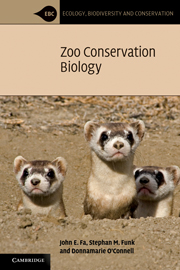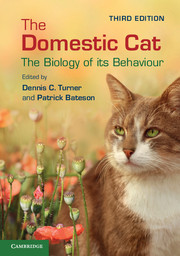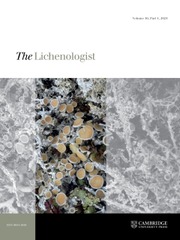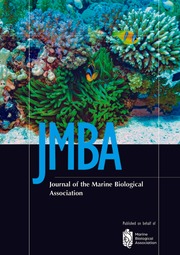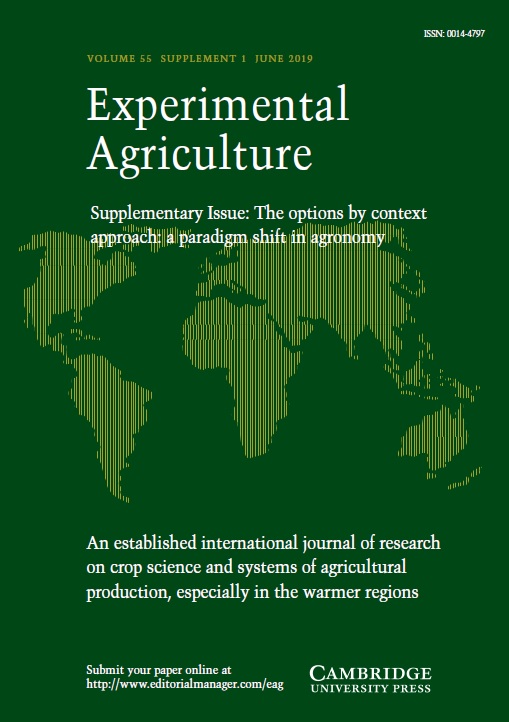Animal Curation
Animal curation is a vital and evolving discipline that integrates science, policy, and hands-on care to ensure the highest standards of animal welfare. As the role of zoos, aquaria, sanctuaries, and research facilities expands beyond exhibition to conservation and education, the management of animals under human care has become increasingly scientific. This book provides a comprehensive guide to the organisation, policies, and procedures essential for effective animal care programs. It emphasises evidence-based practices in husbandry, veterinary care, and facility management while prioritising both animal well-being and staff safety. Through detailed chapters and real-world case studies, readers will explore species-specific needs, ethical considerations, and regulatory compliance. Designed for students and professionals in animal science, welfare, and conservation, this book moves beyond basic care, focusing on the concept of 'thriving' rather than mere survival. It is an essential resource for shaping the future of animal management and welfare.
- Introduces a groundbreaking framework for animal care that prioritizes empirical methods, with accessible formulas and structured methodologies which allow readers to implement scientifically validated practices
- Emphasizes the importance of personalized care by recognizing that every animal has unique needs, strengths, and challenges, ensuring students and professionals understand how to deliver superior care and better outcomes
- Presents compelling case studies that offer practical insights into the complexities of animal management, making the material both engaging and highly applicable to real-world scenarios
Product details
November 2025Hardback
9781009181624
282 pages
244 × 170 mm
Not yet published - available from November 2025
Table of Contents
- Introduction
- The Curatio Fundamentorum
- My own case study: Mara
- Part I. Thriving:
- 1. Defining thriving
- 2. The species-specifics of thriving
- 3. Measures of thriving
- 4. Barriers to thriving
- Case study: animal care in a war zone. Working with the Kabul Zoo, Afghanistan
- Part II. External Factors:
- 5. The environment
- 6. Compensation in an artificial environment
- Case study: a long and winding career leading to primate canopy trails at the Saint Louis Zoo
- Part III. Internal Factors:
- 7. Psychological and emotional health
- 8. Physiological health
- 9. Operant conditioning
- Case study: using positive reinforcement training to improve heart health for great apes in accredited zoos and beyond
- Part IV. Operations:
- 10. The culture of an animal care organisation
- 11. Pitfalls
- Case study: ensuring the standards of care at animal sanctuaries
- Conclusion
- 12. The science of shipbuilding
- Case study: a career in primate behaviour
- Glossary
- Index.



